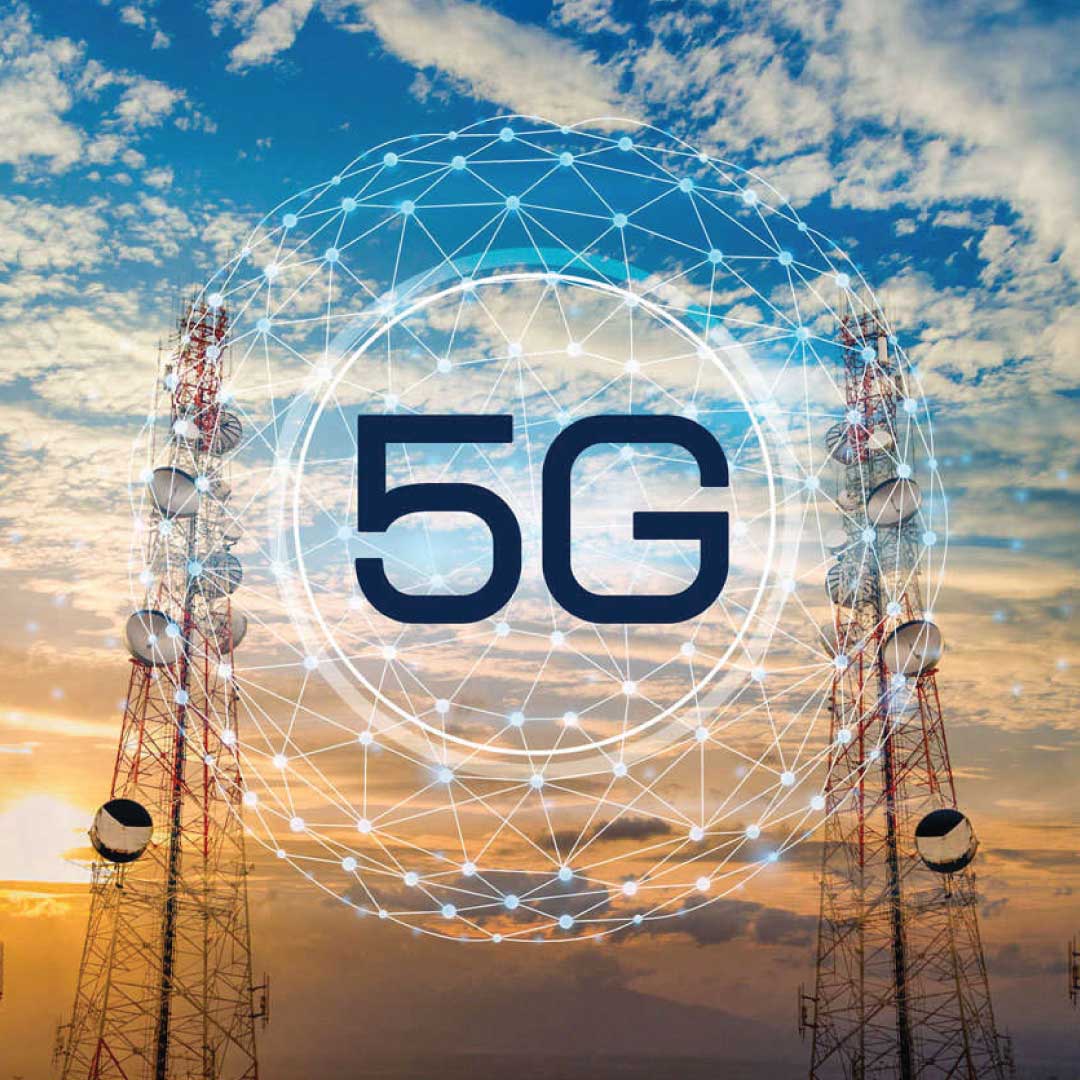Nokia, a leading provider of network equipment and software, has announced that it is deploying its Open RAN (O-RAN)-compliant 5G AirScale baseband solution in the commercial network of NTT Docomo, Japan’s largest mobile operator. The collaboration aims to enable Docomo to pursue a “multi-supplier strategy” and connect with Open Radio Units (ORUs) of other vendors.
Read also: Experts highlight need for 5G deployment in Africa
What is O-RAN and why is it important?
O-RAN is an open and collaborative initiative that aims to create a more flexible, scalable and innovative mobile network architecture. O-RAN allows different vendors to provide their own hardware and software for the radio access network (RAN), which is the part of the network that connects mobile devices to the core network. This way, operators can choose the best combination of technologies and features for their needs, while reducing costs and complexity.
O-RAN also supports the development of new services and applications that require high performance, low latency and massive connectivity, such as 5G, artificial intelligence (AI), internet of things (IoT) and cloud computing. O-RAN enables operators to leverage the potential of 5G, which promises to deliver “high speed/high capacity”, “ultra low-latency” and “massive device connectivity”.
What are Nokia’s AirScale products?
Nokia’s AirScale products are a portfolio of radio access solutions that cover baseband, remote radio heads (RRHs) and massive MIMO antennas. The products are powered by Nokia’s ReefShark System-on-Chip (SoC) technology, which delivers high performance, energy efficiency and reliability.
The AirScale products include the AirScale System Module (ASM), which simplifies 2G, 3G, 4G and 5G deployments, streamlines multi-band sites and powers multi-site baseband hotels; the AirScale Baseband plug-in cards (BPCs), which boost the capacity of the ASM by up to eight times compared to previous generations. The BPCs also reduce power consumption by up to 75 percent. The product also includes the AirScale Massive MIMO antennas (AMAs), which support both fragmented spectrum and network sharing cases. The AMAs are also space- and energy-efficient, enabling compact site solutions.
How does Nokia’s O-RAN solution work with NTT Docomo?
Nokia’s O-RAN solution consists of two main components: the O-RU software platform from Nokia Single RAN (NR) software suite, which enables interoperability between different ORUs from various vendors; and the O-RU hardware from Nokia or other partners.
The O-RU software platform supports both 5G New Radio (NR) and non-standalone (NSA) modes, as well as multi-mode (2G/3G/4G/5G) and multi-band operations. The platform also supports the latest fronthaul interfaces (eCPRI) on a single baseband platform, simplifying the network design and lowering costs.
The O-RU hardware from Nokia or other partners can be either plug-in cards or RRHs. The plug-in cards are similar to BPCs but have additional features such as AI acceleration or edge computing capabilities. The RRHs are similar to AMAs but have additional features such as beamforming or beam tracking capabilities.
By using Nokia’s O-RAN solution in combination with NTT Docomo’s existing RAN infrastructure, Docomo can benefit from a more flexible network architecture that allows Docomo to choose from a variety of ORUs from different vendors according to its business needs. Other features include a more efficient network operation that reduces power consumption by up to 75 percent compared to previous generations; and a more innovative network service that supports new use cases such as AI/ML applications or cloud-based services.
Infinix Mobile releases ZERO 30 5G smartphone for improved vlogging
What are the future plans for Nokia-O-RU collaboration?
Nokia has been working closely with NTT Docomo since 2019 to develop its O-RAN solution for Japan. In June 2021, Nokia announced that it had successfully deployed its first commercial O-RAN solution in Japan at NTT Docomo’s Tokyo office. In September 2021, Nokia announced that it had expanded its O-RAN solution deployment in Japan at NTT Docomo’s Osaka office.
Nokia plans to continue its collaboration with NTT Docomo in Japan as well as in other markets around the world. Nokia aims to help operators achieve their vision of delivering open networks that can meet the evolving demands of customers and society.




